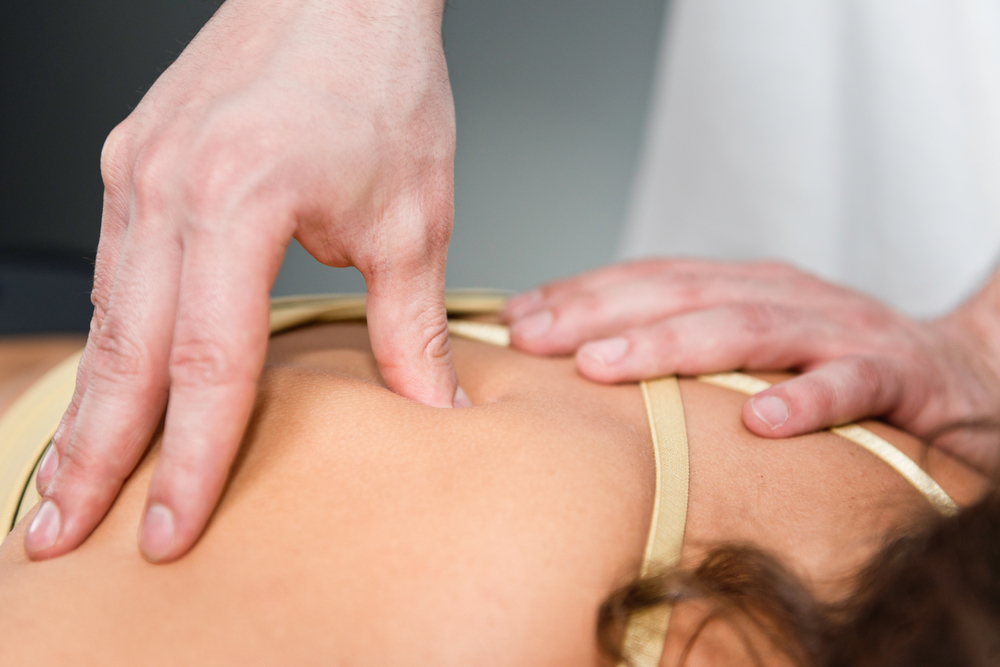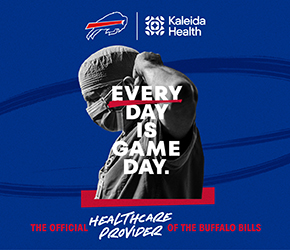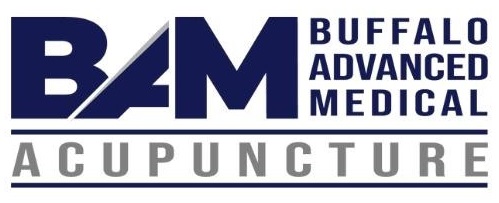Massage and Myofascial Release Aid Post-Surgical Healing

by Susan Bianchi
Recovering from surgery is a process that goes far beyond the operation itself. While rest, proper nutrition, and rehabilitation are crucial, many individuals discover that therapeutic massage and myofascial therapy play a key role in helping the body recover more effectively and comfortably.
Following surgery, scar tissue develops as part of the body’s natural repair process. While this is necessary, it can sometimes result in tightness, pain, and limited mobility in surrounding areas. Myofascial release—a gentle technique that targets the fascia, or connective tissue—helps loosen these restrictions, restore circulation, and promote greater mobility. Over time, this work can help re-educate the body’s movement patterns, preventing compensations that often lead to discomfort or imbalance in other areas.
Massage therapy also boosts lymphatic flow, helping to reduce swelling and remove metabolic waste from healing tissues. Better blood circulation supplies oxygen and nutrients where they are needed most, speeding up recovery. Regular sessions can also increase joint flexibility, lower inflammation, and promote better posture as the body regains strength. Aside from the physical benefits, massage encourages relaxation and decreases stress hormones, supporting both emotional and physical health during healing.
Adam Field, PT, explains, “Post-surgical massage isn’t about deep pressure—it’s about working with the body’s natural rhythms to restore balance and function. With careful timing and technique, it can significantly improve comfort and recovery outcomes.”
Whether you’ve undergone orthopedic, cosmetic, or abdominal surgery, adding massage and myofascial therapy to your recovery plan can help you restore mobility, reduce pain, and get back to daily activities confidently.
For more information or to schedule a session, contact Adam Field, PT, at 716-982-8200, or visit www.adamfieldphysicaltherapy.com.











